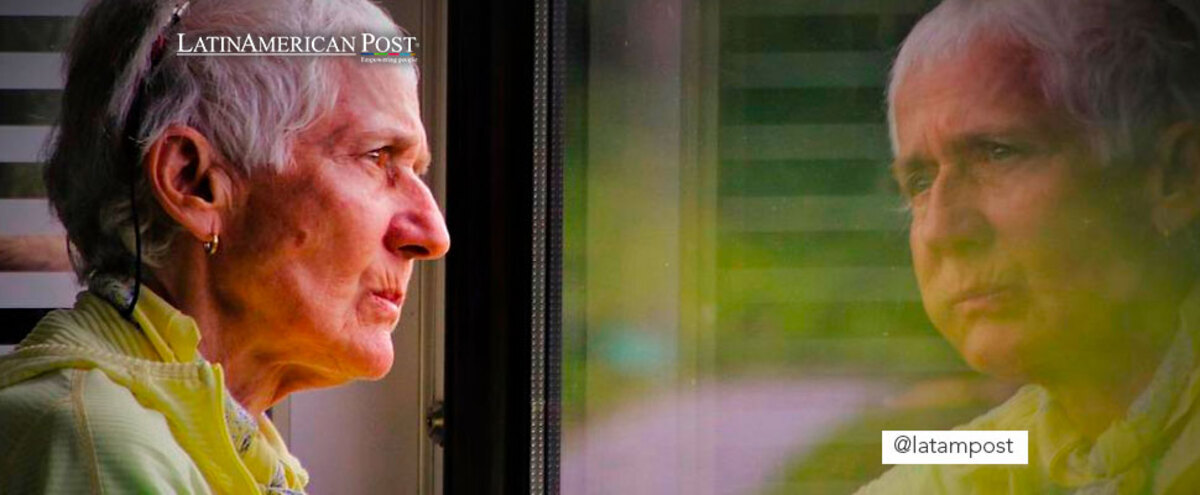Aging or Alzheimer’s? How to Differentiate and Identify Them
As we Age, Our Entire Body Changes and the Brain is no Exception. Older People Often Have a Normal Decline in Certain Cognitive Abilities. However, Some Symptoms are Related to Serious Problems, Such as Alzheimer's.

Photo: Pixabay
LatinAmerican Post | María Fernanda Camisay
Listen to this article
Leer en español: ¿Envejecimiento o Alzheimer? Cómo diferenciarlos e identificarlos
Alzheimer's disease is a disease that affects the brain and causes dementia among older adults. Globally, it is estimated that more than 55 million individuals suffer from dementia and it is estimated that by 2050 this number will triple, according to data from the World Health Organization (WHO) . Within this framework of alarming figures, around 60-70% of registered cases of dementia correspond to Alzheimer's disease.
When the brain shuts down
Considered the leading cause of dementia worldwide, Alzheimer's disease causes progressive deterioration and death of brain neurons. A healthy brain is made up of millions of specialized and interconnected cells, called neurons. These small cell units do not work in isolation, rather they form complex circuits that receive, process and transmit information to different parts of the brain and the rest of the body. When Alzheimer's disease develops, it interferes with this communication network and makes it impossible for neurons to carry out their tasks. Hence, the brain no longer works as before and the patient loses the ability to perform daily activities.
This pathology often begins slowly. Among the first signs to pay attention to are the difficulty of forming new memories, such as those recent episodes or conversations, or learning something different. That is why it becomes more likely to remember some childhood experience than the last events of the day, such as what we had for breakfast, where we left the house key and even the name of the person we met a few hours ago.
As the condition progresses, memory problems become more acute and other symptoms are added. It is not surprising that we can become disoriented and lost, have problems managing money and paying bills, even manifest changes in mood and behavior. Although the early symptoms of Alzheimer's disease vary among individuals, the areas of the brain that are initially affected are those that control short-term memory and emotions. In the subsequent stages of the disease, the damage worsens and spreads to other areas of the brain.
Signs that confuse
In light of these facts, many older people begin to worry, because they notice that they have a bad memory or certain difficulties in learning new things. Some forget names or important dates, or do not retain information so easily. Usually, these signals are associated with age and reflect a natural – not pathological – process of the aging brain. As a result, certain capacities decrease, but at the same time others require only more time to be performed as well or even better than young people, thanks to the knowledge and experience acquired throughout life.
Certainly, the brain changes over the years and as this happens, the greater the chances of developing certain abnormalities. In this sense, age is a key factor for Alzheimer's disease, whose risk doubles every 5 years after turning 65, according to the National Institute on Aging. "Even so, the WHO emphasizes, this disease and other types of dementia are not an inevitable or normal consequence of aging." Therefore, when talking about brain health, it is very useful to understand which processes are normal and which are pathological.
When we get older, it is common and frequent to forget about various details. In normal forgetfulness, as happens to any healthy person, they usually do not remember particular data of a situation. For example, a name or a word. However, the healthy individual is able to reconstruct the event in general, without the detail in question.
Also Read: Benjamin Button Effect: Can You Reverse Aging?
On the other hand, in pathological forgetting such as those experienced by patients with Alzheimer's, what is not directly remembered is the entire event. Since the memory is not formed, it is not possible to retrieve it at another time, as happens in normal forgetting. These episodes of memory loss are the most visible face of the condition. However, there are other symptoms that manifest themselves and become recurrent as the disease progresses: communication problems, loss of habitual objects, failures in the ability to judge or make decisions, personality changes, abandonment of social activities, among others.
Taking care of our brain
Currently, none of the available treatments have been shown to cure the disease. Although certain prevention measures would help reduce the risk of Alzheimer's or at least delay it, according to a report published in the Lancet Magazine in 2020.
What are these prevention measures? There are two types, the so-called risk factors and protective factors. Both elements are related to a healthy lifestyle and require changes not only in old age, but from an early age.
On the one hand, risk factors are those that make the development of the disease more likely. Unlike age, there are other risk components that can be regulated by healthy habits such as diabetes, high cholesterol, obesity, high blood pressure and a sedentary lifestyle.
On the other hand, there are protective factors, which are those activities that stimulate our cognitive abilities: physical exercise, social relations and intellectual challenges. They force us out of the routine and keep our brain active. Together with a good diet, they play a fundamental role in the prevention of Alzheimer's.
In short, making a difference is in parts in our hands.




